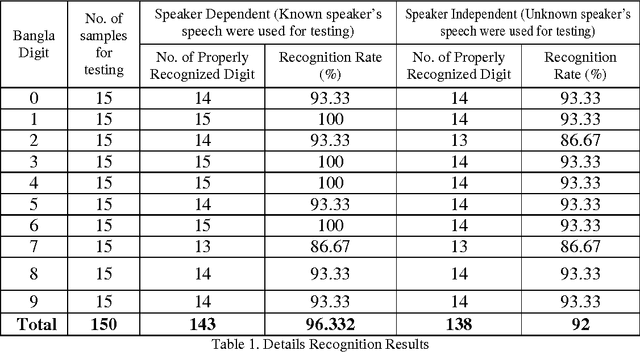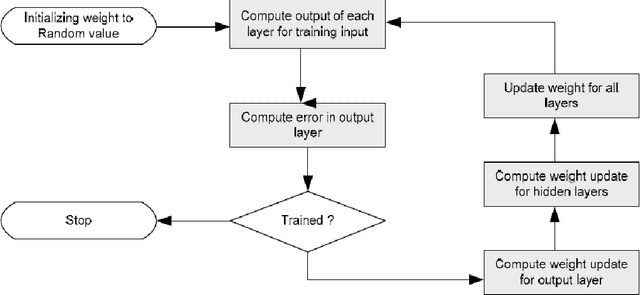Md. Mijanur Rahman
RIS-aided Mixed RF-FSO Wireless Networks: Secrecy Performance Analysis with Simultaneous Eavesdropping
Apr 09, 2023



Abstract:The appearance of sixth-generation networks has resulted in the proposal of several solutions to tackle signal loss. One of these solutions is the utilization of reconfigurable intelligent surfaces (RIS), which can reflect or refract signals as required. This integration offers significant potential to improve the coverage area from the sender to the receiver. In this paper, we present a comprehensive framework for analyzing the secrecy performance of a RIS-aided mixed radio frequency (RF)-free space optics (FSO) system, for the first time. Our study assumes that a secure message is transmitted from a RF transmitter to a FSO receiver through an intermediate relay. The RF link experiences Rician fading while the FSO link experiences M\'alaga distributed turbulence with pointing errors. We examine three scenarios: 1) RF-link eavesdropping, 2) FSO-link eavesdropping, and 3) a simultaneous eavesdropping attack on both RF and FSO links. We evaluate the secrecy performance using analytical expressions to compute secrecy metrics such as the average secrecy capacity, secrecy outage probability, strictly positive secrecy capacity, effective secrecy throughput, and intercept probability. Our results are confirmed via Monte-Carlo simulations and demonstrate that fading parameters, atmospheric turbulence conditions, pointing errors, and detection techniques play a crucial role in enhancing secrecy performance.
Implementation Of Back-Propagation Neural Network For Isolated Bangla Speech Recognition
Aug 17, 2013



Abstract:This paper is concerned with the development of Back-propagation Neural Network for Bangla Speech Recognition. In this paper, ten bangla digits were recorded from ten speakers and have been recognized. The features of these speech digits were extracted by the method of Mel Frequency Cepstral Coefficient (MFCC) analysis. The mfcc features of five speakers were used to train the network with Back propagation algorithm. The mfcc features of ten bangla digit speeches, from 0 to 9, of another five speakers were used to test the system. All the methods and algorithms used in this research were implemented using the features of Turbo C and C++ languages. From our investigation it is seen that the developed system can successfully encode and analyze the mfcc features of the speech signal to recognition. The developed system achieved recognition rate about 96.332% for known speakers (i.e., speaker dependent) and 92% for unknown speakers (i.e., speaker independent).
* 9 pages, 3 figures, 1 table
 Add to Chrome
Add to Chrome Add to Firefox
Add to Firefox Add to Edge
Add to Edge